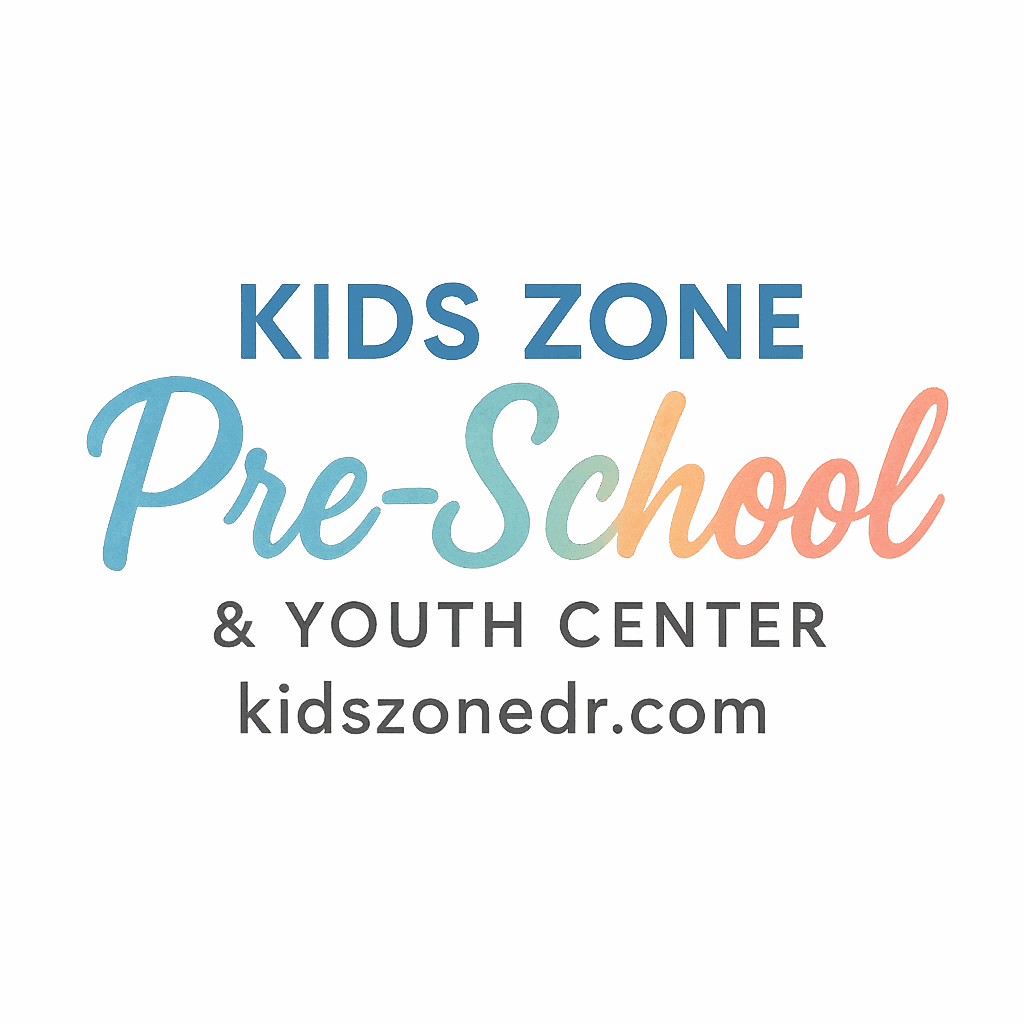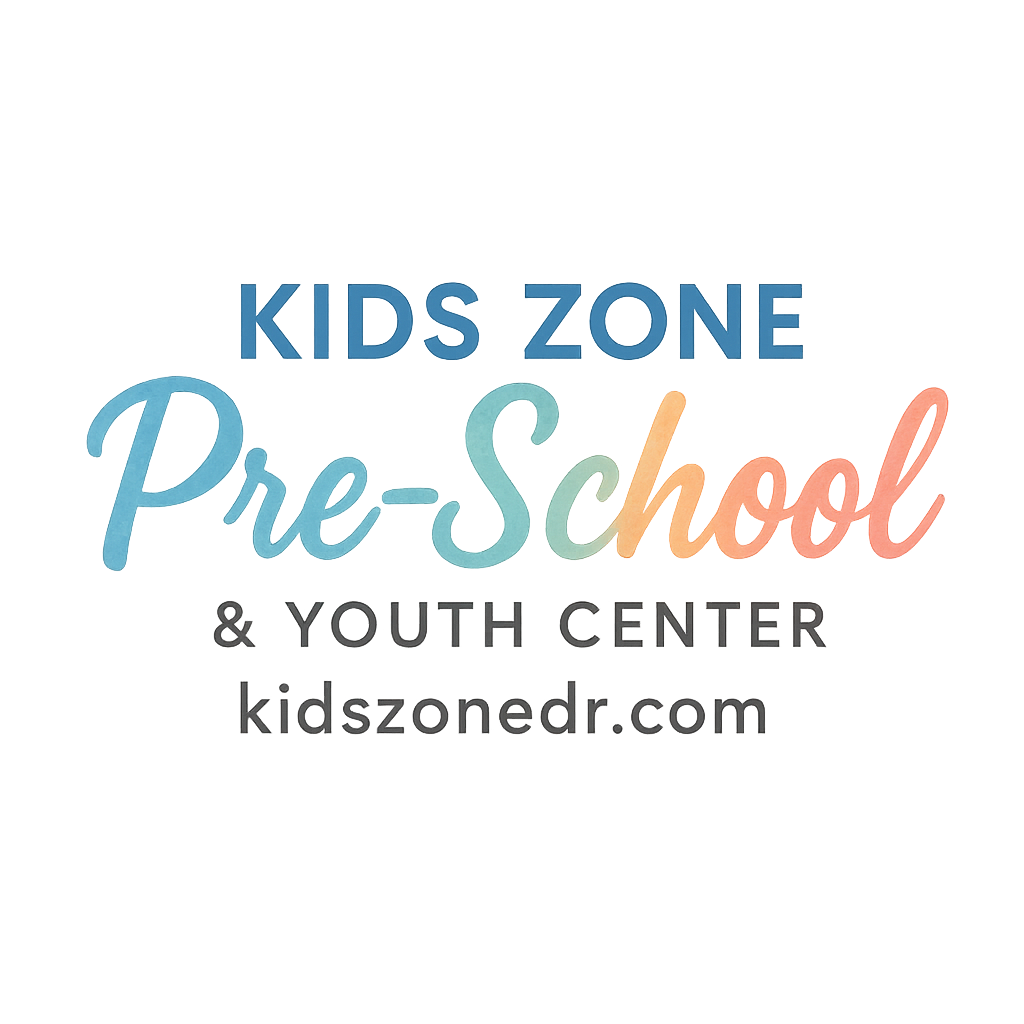Introduction: Why Preschool Safety Matters
Let’s face it—preschool is where life outside the home really begins for most kids. It’s where they learn letters, numbers, sharing… and yes, staying safe. Safety isn’t just a checklist for adults; it’s a critical life skill that children should start learning early on.
Every preschooler deserves to feel secure while exploring their world. From dodging sharp corners to understanding stranger danger, preschool safety rules empower little learners and ease the minds of parents. In this article, we’ll cover the 7 most important safety rules every preschool child should know, so your little one is safe, confident, and ready to thrive.
For more preschool-related topics, don’t miss our guide on Choosing the Right Preschool and daily safety routines in our Daily Routines & Activities section.
Rule #1: Always Stay With Your Teacher or Group
Understanding the Importance of Supervision
Preschoolers are naturally curious—and that’s a beautiful thing! But this curiosity can sometimes lead them to wander. Teaching children to stay with their teacher or group at all times is a rule that can’t be compromised.
Whether you’re transitioning between classrooms or heading outside for play, staying together ensures everyone’s safe and accounted for.
Real-Life Scenario: What Happens When Kids Wander
Imagine a child leaving the group to chase a butterfly. It might seem innocent, but that few seconds can create panic and potential danger. This is why consistent reminders and check-ins are essential.
Want more on child routines and structure? Check out tag:daily-schedule and tag:structure.
Rule #2: Know Emergency Contact Information
Teaching Kids Basic Emergency Info
Even preschoolers can learn essential emergency contact details. Make sure your child memorizes:
- Their full name
- Parents’ full names
- Home address
- A contact phone number
Repeat it regularly until it sticks—it could make a big difference during an emergency.
Fun Ways to Memorize Phone Numbers and Addresses
Use songs, rhymes, or flashcards. Create a “contact info dance” that makes memorization fun and interactive. The goal? Turn safety into a daily habit.
Also, explore how Parental Guidance & Involvement can support this learning process.
Rule #3: Don’t Talk to Strangers
Stranger Danger Explained in Simple Terms
It’s not about scaring kids—it’s about teaching them boundaries. Explain that a stranger is someone the family doesn’t know, and it’s okay to say “no” or walk away if a stranger approaches them.
Role-Playing Scenarios to Reinforce the Rule
Act it out! Pretend you’re a stranger offering candy. Help them practice saying no and alerting a trusted adult. This kind of play solidifies understanding.
Curious how kids interpret situations? See more under tag:questions and tag:confidence.
Rule #4: Recognize and Avoid Unsafe Areas
Defining “Off-Limits” Zones in a Preschool
Not every area in a preschool is child-friendly. There might be storage closets, kitchens, or office spaces that aren’t meant for little ones. Teach your child to ask before entering unfamiliar spaces.
Encouraging Kids to Ask Before Exploring
Turn this into a game—“safe zone or no-go zone?” Use colored signs or stickers in your home or school to label them. Preschoolers love visuals.
This aligns with Health & Safety in Preschool for a deeper dive into managing preschool environments.

Rule #5: Practice Proper Hygiene
Germs, Soap, and Clean Hands: A Kid’s Guide
Good hygiene is part of good safety! Teach children to wash their hands:
- After using the toilet
- Before eating
- After playing outside
Show them how to scrub with soap for at least 20 seconds. Sing “Twinkle Twinkle Little Star” to time it right.
Hygiene in Shared Preschool Spaces
Preschool classrooms are full of shared materials. Wiping down toys and coughing into elbows help keep everyone healthier.
See our related guides on Healthy Eating and Wellness to raise health-conscious kids.
Rule #6: Follow Playground Rules
Safe Play Is Fun Play
Kids need to burn off energy—but it should happen safely. Playground rules include:
- Waiting turns
- Using equipment the right way
- Watching out for others
These rules prevent injuries and teach empathy too.
Managing Risks on Slides, Swings, and Climbers
Explain why walking up a slide is risky or how pushing others can hurt someone. Model the right behavior during family park visits.
Dive into more about Preschool Learning & Development for building gross motor skills.
Rule #7: Speak Up When Something Feels Wrong
Empowering Kids to Voice Concerns
Sometimes kids know something feels “off” but are too shy to say anything. Empower your child to trust their gut and speak to a trusted adult if:
- Someone makes them uncomfortable
- They see bullying
- They get hurt or see someone else hurt
Creating a Trust-Based Classroom Environment
Teachers and parents need to make it clear that all feelings are valid. Whether it’s a skinned knee or a confusing interaction, kids should feel safe reporting it.
Find more emotional guidance under tag:child-talk and tag:parenting.
Bonus Tip: The Role of Teachers and Parents in Reinforcing Safety
Collaborating for a Safe Preschool Experience
Safety education isn’t a one-time conversation. It’s a partnership between parents, teachers, and even caregivers. Have regular check-ins. Share updates with educators. Use consistent language when discussing rules at home and school.
For more on involvement, explore our resources on Parental Guidance & Involvement and Volunteering.
Conclusion: Start Early, Stay Safe
Preschool safety isn’t about fear—it’s about preparation and confidence. Teaching these seven essential safety rules equips your child with tools they’ll use throughout their lives. From staying close to a teacher to speaking up when something feels off, these habits start now and last forever.
And as a parent or teacher, your role is crucial. Reinforce, repeat, and role-play these rules often. Safety becomes second nature when it’s part of your child’s daily routine.
Explore more safety and developmental topics on KidsZoneDr and don’t forget to check these helpful articles:
FAQs
1. What’s the best age to start teaching preschool safety rules?
As early as age 3! At this stage, kids begin to understand instructions and routines.
2. How can I make safety lessons fun for my preschooler?
Use songs, games, role-playing, and visual cues like signs or color coding to make lessons engaging.
3. Should I be worried if my child forgets a rule occasionally?
Not at all! Repetition is key. Kids need regular reminders as they build habits.
4. How do teachers handle safety in preschool?
Great preschools have clear safety protocols, supervision policies, and staff training. Learn more in Daily Routines & Activities.
5. What should I do if my child is afraid to report something?
Build trust. Let them know you’ll never be mad and that they did the right thing by speaking up.
6. Are there digital tools to help with safety education?
Yes! There are many kid-friendly apps and videos that reinforce safety in a playful way.
7. Where can I learn more about preschool parenting strategies?
Browse through our parenting hub at tag:parenting for hands-on guidance and expert tips.


